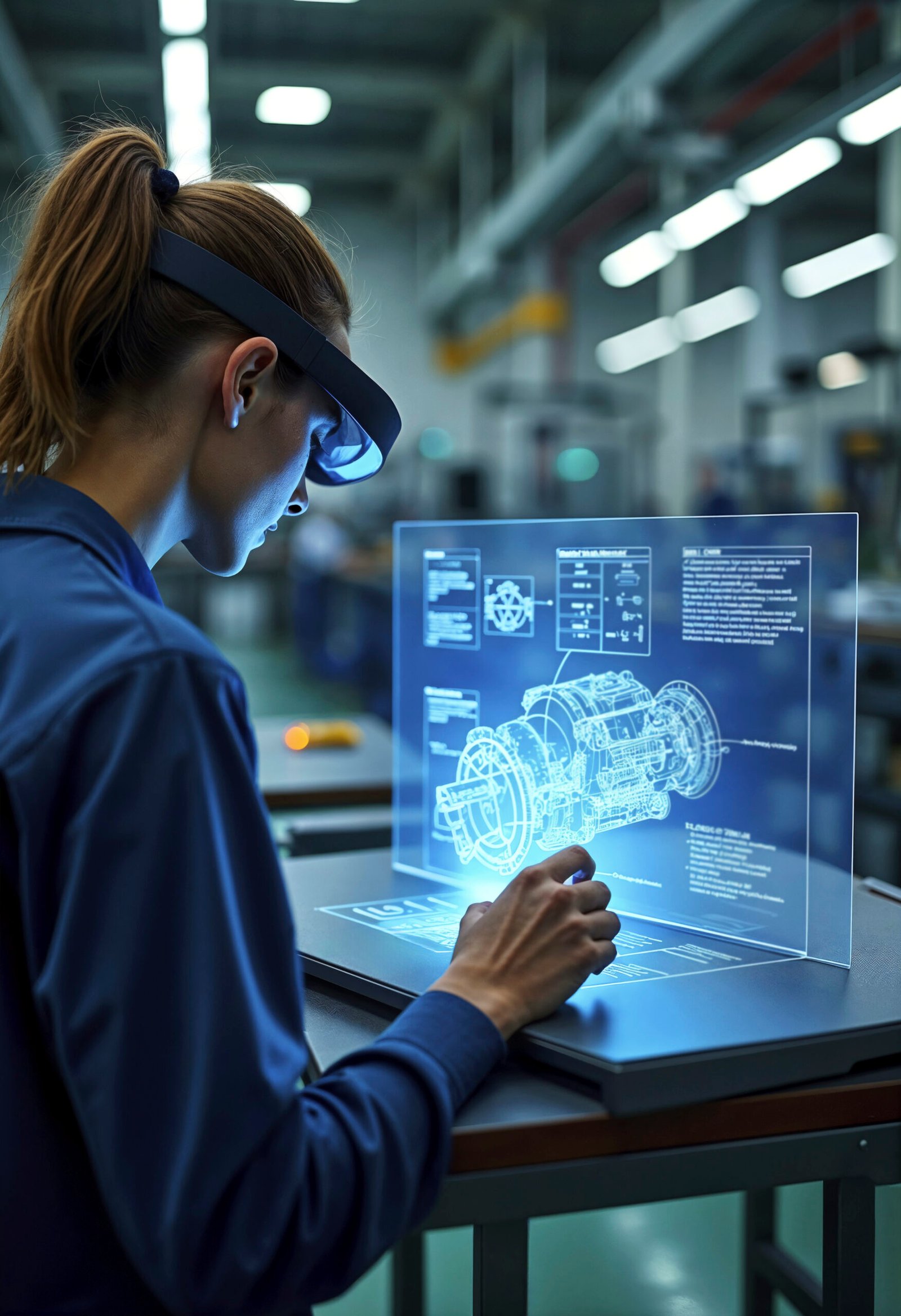
As businesses embrace automation and AI, one critical debate surfaces: should companies rely on traditional manual monitoring or adopt computer vision solutions? At AiSynapTech, we dive into the ROI (Return on Investment) discussion, showing how computer vision dramatically outperforms manual methods in accuracy, speed, and long-term value — transforming industries from manufacturing to retail to healthcare.
Computer vision systems process real-time visual data to detect, analyze, and respond to events without human intervention.
Human monitoring often struggles with fatigue, inconsistency, and limited scalability — leading to missed issues and inefficiencies.
Computer vision platforms automatically capture anomalies, track movements, and trigger alerts based on intelligent models.
AI-driven vision systems are trained to detect patterns, identify risks, and reduce false positives far better than manual observation.
Switching from manual to automated vision-based monitoring drives measurable gains across the board.
From safety violations to product defects, computer vision instantly flags anomalies without delay.
Advanced systems not only detect events but also understand context, helping businesses prioritize critical alerts.
Centralized dashboards provide real-time views, historical data analysis, and actionable reports for leadership teams.
Track incident detection rates, false alarms, and ROI improvements to continually refine and justify investments.
Adopting computer vision leads to smarter operations, lower costs, and enhanced safety.
Higher Accuracy and Reliability
Faster Detection and Response Times
Reduced Human Error and Fatigue
This shift reflects a broader movement from static automation to adaptive, learning-based systems—a hallmark of AiSynapTech’s custom LLM solutions.
Aspect | Manual Monitoring | Computer Vision Monitoring |
Accuracy | Prone to human error | Consistently high |
Scalability | Limited by workforce | Easily scalable across locations |
Response Time | Slower | Real-time |
Cost Over Time | High (salaries, training) | Lower (after initial setup) |
Predictive Capabilities | None | Strong, proactive alerts |
Step 1: Identify Repetitive or Document-Heavy Processes
Target internal workflows that rely on large volumes of text, frequent human intervention, or rule-based decisions.
Step 2: Assess Integration Needs
Work with an AI partner like AiSynapTech to evaluate how bots can connect with your existing systems (ERP, HRIS, CRM, etc.).
Step 3: Pilot and Scale
Begin with a focused pilot project, measure performance, and then expand to other business units.
The ROI case is clear: computer vision delivers faster insights, reduces risk, lowers costs, and enables smarter business operations far beyond what manual monitoring can achieve.